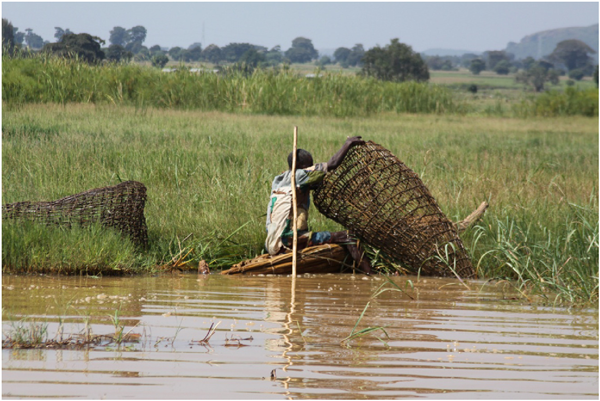One of the key Sustainable Development Goals (SDG) set by the United Nations (UN) aims by 2030 to “end hunger, achieve food security and improved nutrition and promote sustainable agriculture”. Fertilizers will play a pivotal role in achieving that goal given that ~90% of crop production growth is expected to come from higher yields and increased cropping intensity. However, materials-science research on fertilizers has received little attention, especially in Africa.
A Comprehensive Guide to Solar Energy Systems With Special Focus on Photovoltaic Systems, 2018, Pages 81-107.
Although wetlands are known to provide vital ecosystem services, the current state of wetlands in Ethiopia in terms of their ecosystem service components remains poorly understood. Wetlands located in the UNESCO Lake Tana Biosphere Reserve have been highly degraded, but possess highly valuable resources. Therefore, this study sought to assess the major ecological states and identify the main ecosystem services (ESs), along with local people's perceptions of wetland management. Nine wetlands were selected from pristine/reference, agricultural and urban land uses of the Lake Tana area.




